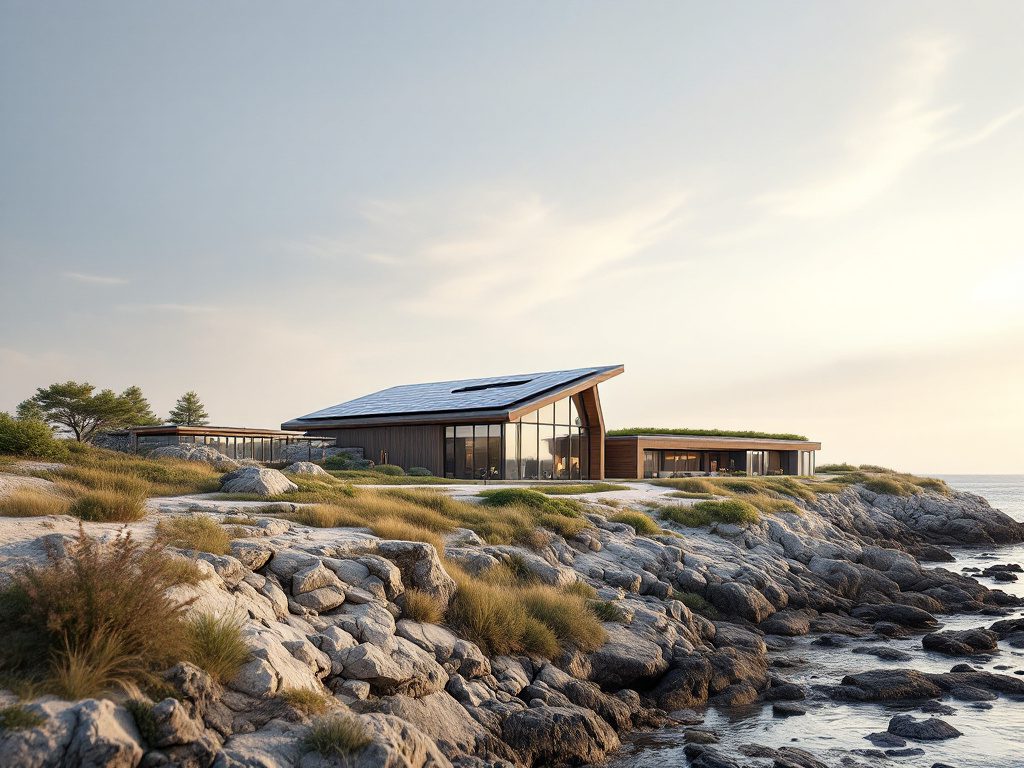Leading the Charge: Maine’s Ambitious Step Towards Climate Readiness
Picture coastal streets and wharves submerged by icy floodwaters after back-to-back winter storms, families scrambling for shelter, and local businesses watching rising waters undermine the foundations of their livelihoods. This scenario became all too real for Kennebunkport and many communities across Maine last winter when, in a matter of weeks, relentless storms battered the state, wreaking havoc from cracked sidewalks to decimated town docks.
Last week, Maine’s progressive gamble on climate adaptation paid off with the announcement of a record $8 million in grants dedicated to bolstering climate resilience across 166 communities. Unveiled by Governor Janet Mills in flood-battered Kennebunkport, this fourth—and largest—round of funding through the Community Resilience Partnership marks not just a pragmatic response to disaster, but a resounding affirmation of science-driven governance. It’s the latest—and loudest—signal that Maine refuses to sit idly by as climate threats escalate.
The grants, carved from both state and federal coffers—including new allocations from a supplemental state budget signed in May—will support projects as wide-ranging as tide gauge installations, floodplain mapping, stormwater management, wildfire prevention, and energy efficiency upgrades for critical public buildings. Kennebunkport will install a tide gauge on the Kennebunk River, offering early warnings of flooding, while smaller inland towns like Dover-Foxcroft will make energy-efficient improvements to their public shelters. According to the Governor’s Office of Policy Innovation and Future, almost 75% of Mainers now live in communities directly benefiting from this pioneering program.
Beyond Political Lines: Why Local Action Matters Most
It would be easy to dismiss this flood of grants as a niche, liberal ambition, but that caricature falls flat in today’s climate reality. Maine’s initiative powerfully punctures the myth that climate resilience is merely urban coastal business. In fact, the projects funded reach far beyond saltwater boundaries—spanning stormwater drainage improvements in rural western counties, wildfire management planning for forests increasingly threatened by drought, and reinforcement of municipal buildings that double as crisis shelters.
Communities from tiny South Berwick to bustling Biddeford are now making choices that transcend political partisanship. Leaders in South Berwick admit they’re taking cues from larger neighbors, recognizing that the costs of prevention pale in comparison to post-disaster recovery. “The choice isn’t whether to pay—but when and how much,” says DeCarlo Brown, a local resilience advocate. His warning is echoed by economic data: According to a recent analysis by the National Institute of Building Sciences, every dollar invested in disaster mitigation saves an average of six dollars in future damages and emergency spending.
“It’s not just about urban coastlines or partisan priorities—it’s about protecting every Maine family and business from the next disaster before it strikes.”
Grant recipients aren’t left to navigate this challenge alone. The Community Resilience Partnership assigns Regional Coordinators to help towns design, apply for, and implement projects, ensuring even cash-strapped municipalities access not only funds but expertise. This mix of resources and local engagement reflects what Harvard climate adaptation scholar Katharine Mach calls the “blueprint for democratized climate readiness”—where small towns learn from urban neighbors, community input shapes solutions, and every resident has a voice.
Learning the Right Lessons: Why Prevention Is the New Pragmatism
A closer look reveals a simple truth: Conservative calls for fiscal restraint often overlook the sky-high costs of inaction. History offers harsh lessons—just ask the families in Vermont and New York who watched 2023’s summer floods wash away homes and dreams. Or look to Texas, where political posturing delayed grid improvements before the deadly 2021 freeze.
Maine’s bipartisan consensus on climate resilience stands in sharp relief. Not only has Governor Mills signed off on these grants without burdening local property taxes, but she also recently approved an additional $39 million legislative package devoted to storm readiness. Next week, Maine will unveil its first-ever Infrastructure Resilience Plan—another move praised by municipal leaders and environmental experts alike as a pathway to smarter infrastructure and community-driven adaptation.
The journey hasn’t been without obstacles. Community buy-in takes time—Kennebunkport spent its first set of grants on listening sessions before even drafting a climate action plan. Yet, investing in resilience isn’t just the right thing for the planet—it’s also economic common sense. Economist Michael Greenstone at the University of Chicago underscores, “Climate adaptation will save lives, property, and billions in taxpayer funds over the long term—but only if governments act before disaster strikes.”
This streak of pragmatic, science-based leadership offers a counterpoint to conservative climate denial that remains entrenched in Washington and several statehouses nationwide. Maine’s progress underscores a critical lesson: when leaders choose collective well-being over partisan talking points, entire regions grow stronger, safer, and more united—even in the face of unprecedented storms.
Paving an Inclusive Path Forward
The Community Resilience Partnership’s vision reaches beyond the present—Maine hopes to have 80% of its communities enrolled by 2030. As climate threats intensify, preparation is not simply wise governance, but a profound moral obligation. The program’s focus on public engagement ensures solutions are tailored to the needs of each town, not simply handed down from Augusta. Embracing diversity in approaches—whether installing river gauges, shoring up shorelines, or retrofitting community buildings—means every vulnerability is met with practical action.
For a state battered by extremes—from nor’easters to wildfires—these grants forge bonds of solidarity. Rural and urban, coastal and inland, Republican and Democrat: climate resilience has become common ground. This is what true public service looks like, rooted in empathy, evidence, and a belief that no disaster should catch us unprepared.
As the waters rise and storms grow fiercer, Maine’s bold, collaborative investment serves as a beacon for states still clinging to the illusion that climate risks can be ignored. The message is clear: communities equipped with resources, knowledge, and agency are better positioned to weather whatever comes next—in every sense of the word.

